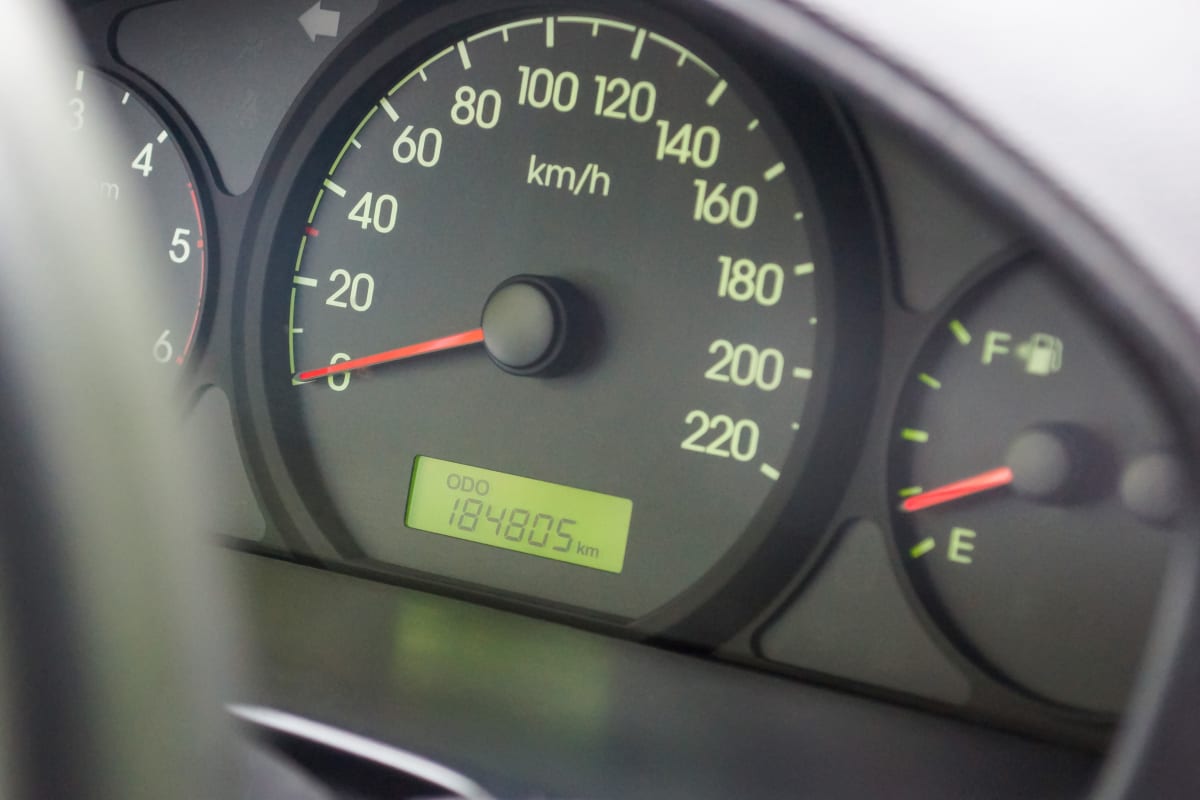Taking the standard mileage deduction when you use your car for business can yield big savings on your taxes. Find out what the 2022 IRS mileage rate is and what the IRS’s rules are for taking this deduction.
If you use a car in your business, you could be entitled to some substantial tax deductions. The amount and the type of deductions you can claim depend on a number of factors.
The IRS offers two options for deducting expenses for using a vehicle in your small business. You can deduct the actual expenses you incur using the vehicle in your business or, provided you meet certain criteria, deduct the standard mileage rate for each mile you drive your car for business.
What is the Standard Mileage Deduction?
With the standard mileage deduction, you simply have to keep a log showing the business miles driven (with notes to show the business purpose), and then multiply the total miles driven by the standard mileage rate for the year. If you claim the standard mileage deduction, you may also deduct the cost of tolls and parking fees. ZenBusiness Money Pro offers a good way to track and store this information.
What is the IRS Mileage Rate for 2022?
Because of the increases in fuel costs in 2022, there are two different business mileage rates for the year. The IRS business mileage rate for the first half of 2022 is 58.5 cents per mile for miles driven between January 1, 2022 and June 30, 2022. The mileage rate increases to 62.5 cents a mile for miles driven from July 1, 2022 until December 31, 2022.
If you drove 1500 miles during the first 6 months of 2022, that amounts to a tax deduction of $877.50 ($0.585 X 1500) at the 58.5 cents a mile rate. If you drive an additional 1500 miles between July 1, 2022 and December 31, 2022, you would get an additional $937.50 deduction ($0.625 X 1500), making your total mileage deduction for the year $1,815.00.
Each year the IRS adjusts the standard mileage rate based on the fluctuating costs of operating a vehicle (including the cost of fuel).The IRS normally updates mileage rates only once a year, but made the 2022 midyear adjustment to reflect the increase in fuel costs in 2022.
How Do You Qualify to Take the Standard Mileage Deduction?
In order to use the standard mileage rate method to calculate your business use of vehicle deduction, you must own or lease the vehicle for which you are making the deduction. The standard mileage rate cannot be used if you:
- Use five or more cars at the same time (as in fleet operations).
- Claim depreciation or a section 179 deduction (Publication 463, Chapter 4).
- Are a rural mail carrier who receives a qualified reimbursement (Publication 463, Chapter 4).
What Are Other Deductible Vehicle Expenses?
When you use the mileage deduction, you can still deduct parking fees and tolls you incur while using your car or truck for business as well as the business percentage of any auto loan interest and personal property taxes you pay on your car. However, you cannot deduct actual expenses like gas, oil, insurance, taxes, vehicle maintenance, and other expenses. The IRS considers those expenses to be covered in the mileage allowance.
How Do You Maintain Records for the Standard Mileage Method?
Although you don’t need to log your odometer reading for each trip, you do need to record your vehicle odometer reading at the beginning of the year and the end of the year. Then, each time you use your car or truck to travel for your business, you should record how many miles you traveled, where you went, and the purpose of the trip. The IRS expects you to keep good records of the miles you travel for business in your vehicle. You can track it the old-fashioned way – in a mileage notebook you keep in your car – or you can use ZenBusiness Money Pro to record your mileage and calculate the amount of the mileage deduction. There are also various standalone smartphone apps to record mileage. The important thing is that you have documented records for each time you use your vehicle for business.
What Is the Actual Expenses Method?
Businesses that use the actual expense method of operating their vehicles can deduct depreciation on the vehicle and costs such as lease payments, registration fees, insurance, garage rental, gas, repairs, tune-ups, and tires. Deductions are prorated to the business use of the car, and there are limitations on depreciation and deductibility of lease payments on vehicles above certain fair market values. Recordkeeping and figuring out depreciation allowances can be fairly complex using the actual expense method. In some cases using the actual expense method can give a small business a bigger deduction than the standard mileage rate, but you may want to check with your accountant. You can find more information about deducting the actual expenses for the business use of your vehicle in this IRS publication.
Finally
Before you commit to using the mileage deduction, you may want to spend some time calculating which method is most beneficial for you. For some people, using the actual expense method will yield bigger savings. Just remember that once you’ve used the actual expense method for a particular vehicle, you are required to continue using that method to calculate vehicle expense deductions in future tax years.
Disclaimer: The content on this page is for informational purposes only, and does not constitute legal, tax, or accounting advice. If you have specific questions about any of these topics, seek the counsel of a licensed professional.




